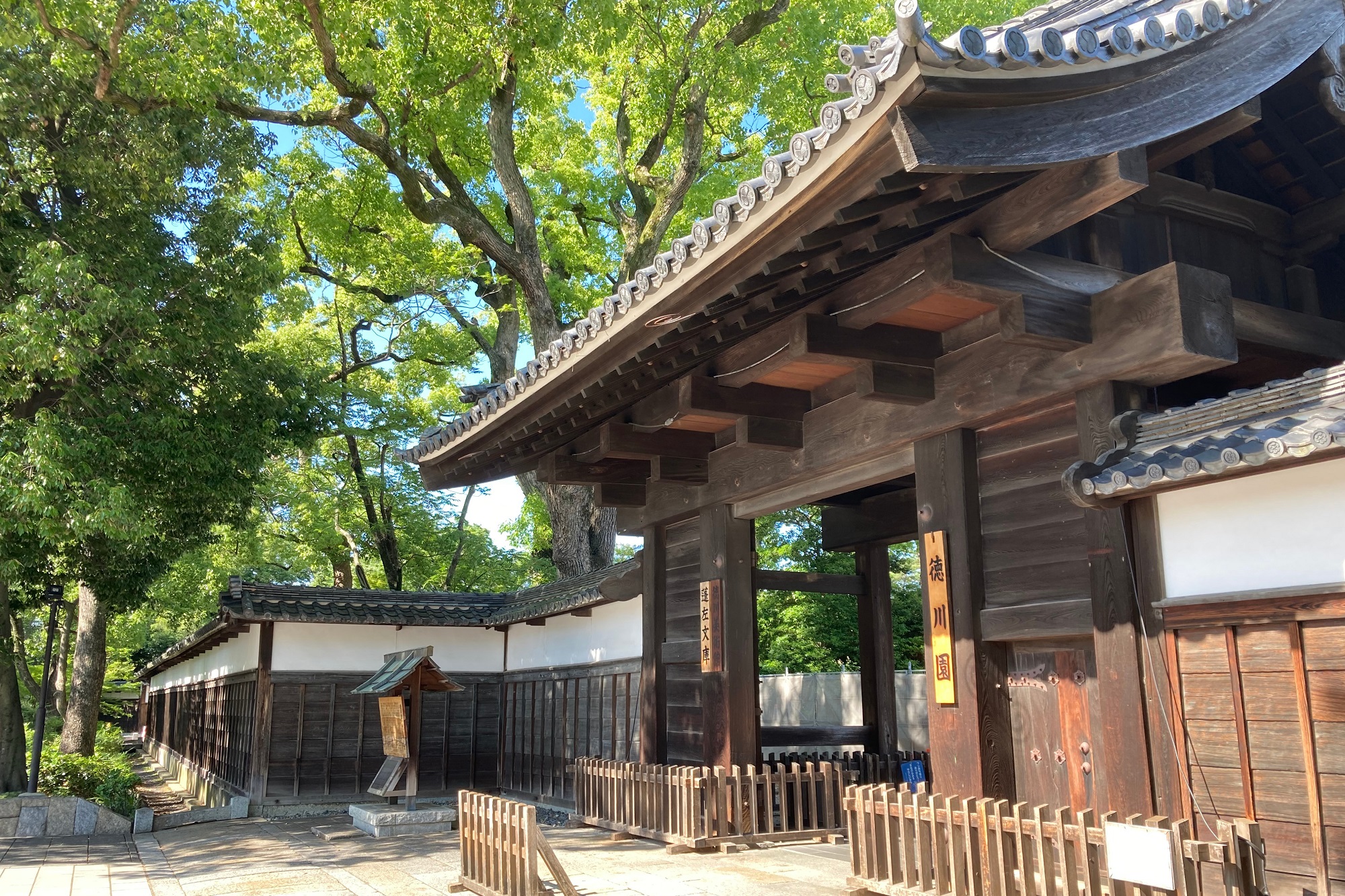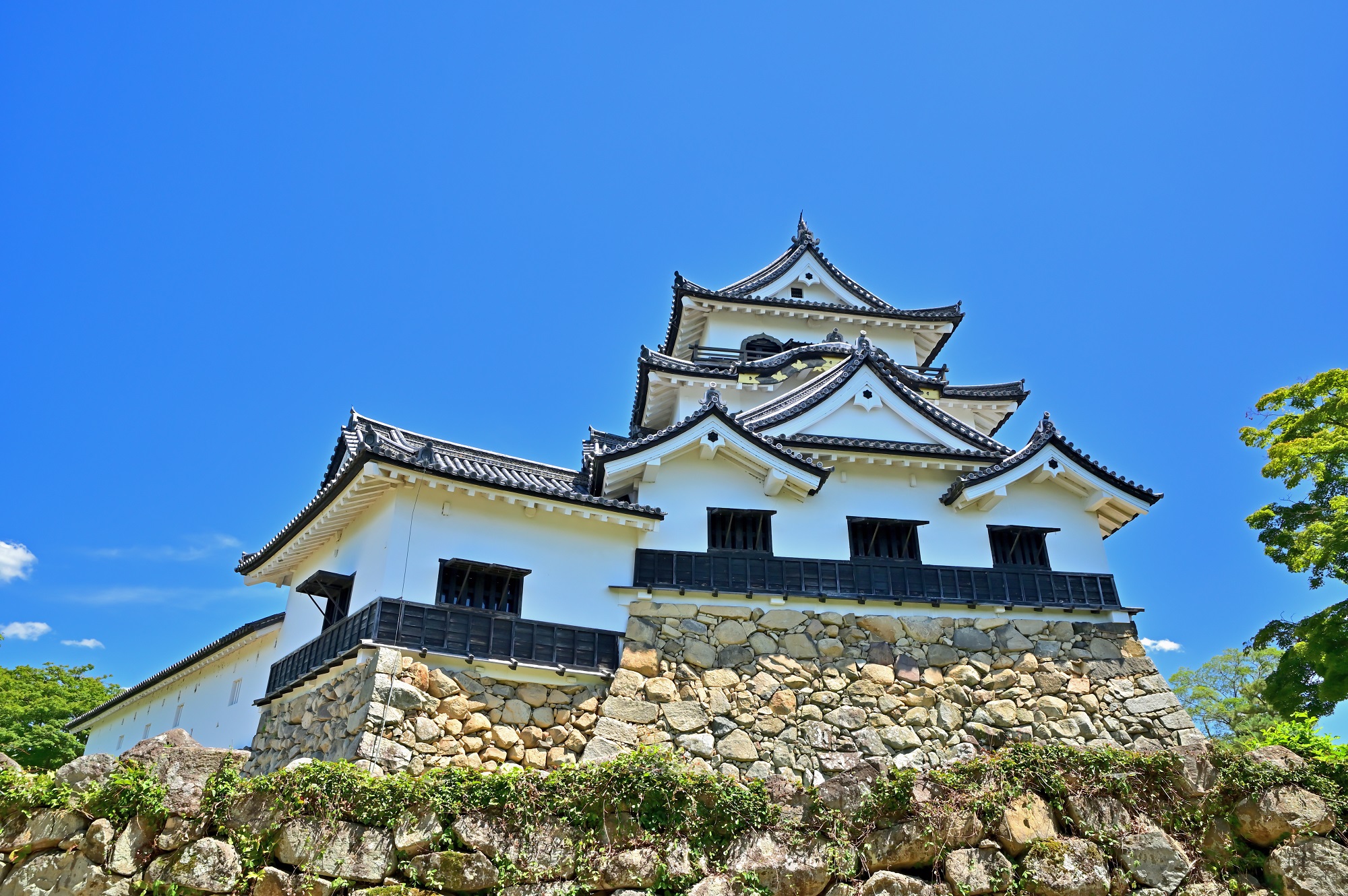Japanese Gardens / 日本庭園
History and Types of the Japanese Gardens
The Japanese gardens are one of the traditional Japanese cultures which has been cherished among daily life since the ancient times and is profound with Japanese spirit to this day. The compositions are representative of the natural landscapes with distinctive style and history from the 7th century. The gardens were created around the capital "Heijyo-kyo" and the Imperial Palace buildings by the aristocrats in 710. The gardens represent paradise and the delights of life at the palace were played out on the shores. This botanical masterpiece was the prototype of the Japanese gardens today, with a beautiful representation of rivers, waterfalls, islets, and coves centered around a pond to imitate natural forms. Japanese gardens are characterized by the beauty of curved forms and asymmetrical construction, which is the major difference from the Western gardens, which are characterized by the symmetrical beauty.

Having large gardens were fashionable among the aristocrats in the Heian Era (794-). The "Chisen-teien" garden with a pond in the center, with the graceful setting for social gathering for the aristocrats, with the boats floating on the pond, perfectly utilizing the natural landscape. At around 1,200, the philosophy of garden creation changed because of the samurai and the gardens influenced by the Zen philosophy emerged. The style of "Karesansui", Japanese dry rock garden landscape, expressing the flow of water with stones and sand, is a change from the elegant gardens of the past, in which a lot of water was used. The gardens, with the unique world view, calm the hearts of the visitors. In the late 1,500, during the reign of Sen no Rikyu, a particular garden style for enjoying tea ceremonies was redefined. The guests are invited to the open-air garden for a tea ceremony and proceed from the waiting area along steppingstones and paving stones to the tearoom. Along the way, the stone lanterns and water pots for purification are placed, integrating the garden with the tea house.

In 1,600, during the Edo Era, the feudal lords started to create gardens to blend the styles that had been popular up to that time in locations that could be viewed from inside the palace. The basic style of the daimyo garden, "Chisen Kaiyu-shiki Teien" [pond promenade] is designed with trees, stones, bridges, waterfalls, and artificial hills around a pond, for visitors to walk around the pond in the vast gardens and enjoy the changing scenery. The daimyo garden is also characterized by having tea rooms and pavilions, as well as horse stables, archery ranges, and other places vital for samurai.
The three of the most famous gardens in Japan are "Kenrokuen Garden" in Kanazawa City (Ishikawa Prefecture), "Korakuen Garden" in Okayama City (Okayama Prefecture), and "Kairakuen Garden" in Mito City (Ibaraki Prefecture), which are known as "The Three Great Gardens of Japan.
In 1868, the gardens were transformed into villas for the nobility in the Meiji Era.

Visiting the Japanese Gardens
Visit the Chisen Teien [Water Gardens]
The "Chisen Teien" [Water Gardens], with the pond in the center of the garden, are the most common type of gardens in Japan. The method of enjoying the garden has changed over the years, from the floating boat style, which is to enjoy the scenery from the pond to the vista style, which is to view the scenery from inside of the palace, to the "Chisen Kayushiki Teien" [Pond Promenade-Style Gardens] which is to walk through the garden and enjoy the evolving scenery. A pond represents the ocean or a river, a rock in the pond evokes a mountain, or if at the edge of the water, a rocky shore. Experience the nature expressed in the way of "Chisen Teien".
Visit the Karesansui Teien [Dry / Rock / Zen Gardens]
The "Karesansui Teien" [Japanese dry, rock, or Zen gardens], is created only with the rocks, gravel and sand to represent all the elements of the garden landscape. The style was created in connection with the philosophy of Zen and is designed to resemble a Zen meditation retreat deep in the mountains. The idea is to find beauty in the humble and simple, and to approach enlightenment in tranquility. Because the "Karesansui Teien" does not require a large plot of land or a large amount of money, it started gradually to be built not only in Zen temples but also in the gardens of samurai families and merchants. In the "Karesansui Teien", where sand is used to represent the movement of water, sand patterns made with special rakes are used to represent ocean waves, whirlpools, and flowing rivers, while stone are used to create islands, stone masonry to represent waterfalls. Spend a perfectly peaceful time in tranquility and let the imagination breathe.
Visit the Chaniwa or Roji Teien [Open-air Teahouse Garden]
The "Chaniwa" or the "Roji Teien" [Open-air Teahouse Garden] is a garden built to enjoy the tea ceremony and connects the residence to the teahouse. All the elements of “Chaniwa” or “Roji Teien” are prior to entering the tearoom, as walking along the steppingstone, cleansing self at the tsukubai [ceremonial washbasin], and entering the tearoom through the small entrance. There are many detailed rules, but even not familiar with the Japanese Tea Ceremony, enjoy the beauty of the tea garden, looking as gradually entering the depths of a mountain while walking through the open space.

Destinations
Nagoya Castle / 名古屋城 (Aichi)
Nagoya Castle, the one of the icons of Nagoya, was completed in 1615 by the Shogun, Tokugawa Ieyasu. Intended as the residence of the Owari Tokugawa family to prepare for the threat of the Toyotomi Cl....
The Tokugawa Art Museum / 徳川美術館 (Aichi)
The Tokugawa Art Museum houses many masterpieces of the Owari Tokugawa family, including the belongings of Tokugawa Ieyasu, the founder of the Edo shogunate. The museum houses many national treasures ....
Inuyama Castle / 犬山城 (Aichi)
Built in 1537 by Oda Nobuyasu, the uncle of the famous warlord Oda Nobunaga, Inuyama Castle is the symbol of Inuyama City. The castle's keep is the oldest still standing in Japan, and the castle as a ....
Museum Meiji-Mura / 明治村 (Aichi)
Open-air museum Meiji Mura opened in 1965 to preserve and exhibit Meiji architecture. Buildings of artistic and historical value, mainly from the Meiji Era (1868-1912), have been relocated and restore....
Hikone Castle / 彦根城 (Shiga)
Hikone Castle was the residence of the Ii family, feudal lords who held important positions in the Edo shogunate and supported the reign of the Tokugawa family. In 1604, by order of Tokugawa Ieyasu, c....
Kenroku-en / 兼六園 (Ishikawa)
Kenrokuen is one of the three most famous gardens in Japan, alongside Okayama Korakuen in Okayama City, Okayama Prefecture, and Mito Kairakuen in Mito City, Ibaraki Prefecture. As one of the most famo....






